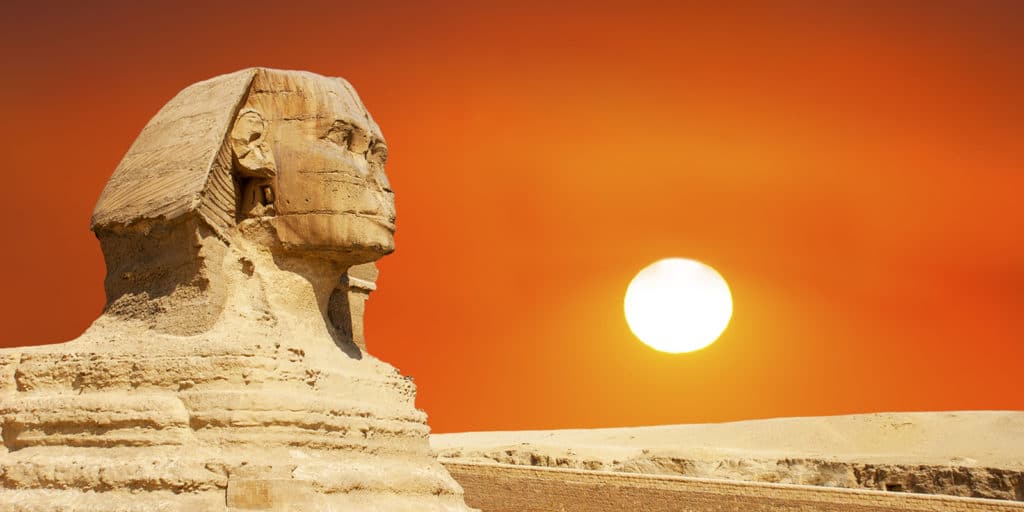Africa is mother, the mother of all humanity. It’s a very big and incredibly diverse continent. Queens, NYC is the world’s most diverse urban area. It speaks around 160 different languages. Africa is much bigger, but speaks somewhere between 1,000 and 3,000 languages.
Regions of Africa
The regions of Africa are North, South, East, West, Central and the African Diaspora.
Africa is Mother
In the United States, our concept of Africa is distorted because colonial nonsense poisons American culture. Africa is not only the cradle of humanity, it is the cradle of civilization in many different ways. The Nile River was part of the Fertile Crescent where civilization began.
Heritage African societies had highly developed social structures and cultural systems, clever pre-industrial technologies, and smart adaptations to all kinds of environments. There was even urban culture that was more advanced in some ways than the Europeans. The Europeans refused to believe it and destroyed everything with fire and mechanized weapons, but humankind’s remarkable ability to adapt is visible everywhere you look with open eyes.
Africa is a crossroads of world cultures. There are many beautiful Indigenous African traditions including Yoruba, Vodun and many others. Then Arab traders brought Islam. The Indian Ocean trade with East Africa brought South Asian Hindu influences. For example, what we call “Arabic Numerals” is actually a Hindu system. Then European colonizers brought Christianity. They all compete and blame each other for their own problems.
Colonizers claim everything is theirs, but a lot, if not most, American culture of the United States is actually African Diaspora or Indigenous culture. The tell is who did the work for the last 400 years. Once you get out of the States to the Caribbean, Latin America and Africa, you keep running into the origins of things we think are American. It’s surprising how African we are.
Africans and African Americans have much to be proud of. So do all Americans. If African Diaspora contributions to American culture magically disappeared, we wouldn’t recognize ourselves.
Yoruba, Dahomey and Kongo in the Americas
Africa has many cultures. Africans brought to the Americas during the Colonial Period came from all over, but three main cultures took root in the Americas. These are the Yoruba, mostly from what is now Nigeria; Dahomey (Fon) mostly from what is now Benin, and Kongo mostly from what is now Angola.
There is no direct correlation between any African origin and American destination. We are mixed together, and in the Americas, African Diaspora culture is mixed with the colonizer’s culture. Yoruba culture mixed with Spanish traditions into Cuban Santéria. Dahomey Vodun culture mixed with French traditions into Haitian Vodou and New Orleans Voodoo. Kongo culture mixed with Portuguese traditions into Brazilian Candomblé. These are all beautiful faiths based on the forces of nature and the medicinal knowledge of plants. If you draw a line to the present, these traditions gave us salsa, méringue, samba, and also cumbia, tango, swing, hip-hop, reggaeton and much more culture.
More people from the Kongo cultures of what is now Angola ended up in Brazil because the distance between them is shorter and the two regions had Portuguese trade links. It seems convenient to think there might be a north-south correlation between where we came from and where we ended up, but it’s a false correlation. Kongo musicians were singing Fandango versions of “La Bamba” (the traditional Mexican wedding song) in Veracruz, Mexico as early as 1683.
Yoruba
The Yoruba people have a highly developed and very beautiful faith based on the forces of nature. Ancient Greek cosmology is similar in many ways, although the Yoruba concept is monotheistic.
In the States and the Spanish-speaking Caribbean, you hear so much about Yoruba, that it’s easy to think Yoruba represents all of Africa. Though important in the Americas, in Africa, Yoruba is one people in parts of Nigeria, Benin and Togo.
Most West African traditions are oral traditions, so they vary by region, community and even family. In the Americas, they are not the same as the heritage traditions. African and European diaspora traditions mixed together or syncretized. For example, Yoruba New Year in Nigeria is June 3. In Cuba, it is January 1, the same as the colonizer’s New Year.
The Puerto Rican bomba African Diaspora drum, song and dance tradition is often said to be Yoruba. But the tradition developed in Puerto Rico on French plantations in Mayagüez. Mayagüez is the traditional entry point for people from Hispaniola (Haiti and the Dominican Republic). “French plantations” suggests a Haitian (Dahomey) influence. Bomba elders say their tradition is Ashanti which is modern Ghana. Bomba is sung in Spanish and the barrille drum is based on a European rum barrel. So the roots of bomba are basically all of the above.
Yoruba traditions even entered American popular culture as the Br’er Rabbit children’s story and legend of Robert Johnson, the iconic Mississippi blues guitarist.
We are really mixes of each other, in Africa, in the African Diaspora and in the cultures of which the African Diaspora is part. No matter your heritage, we all share the same mother.

